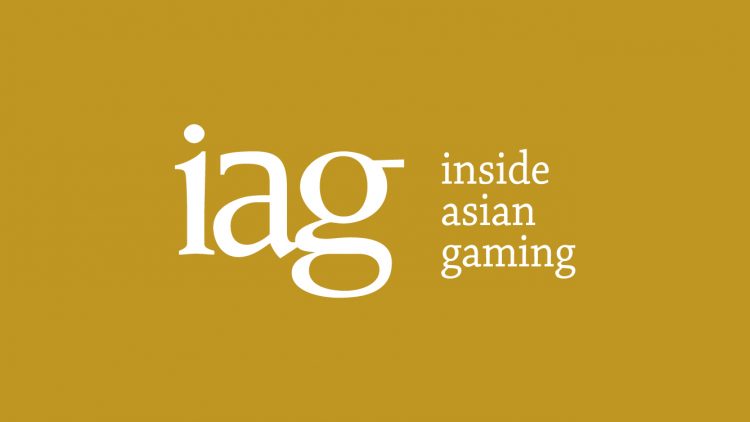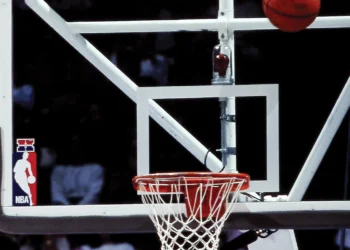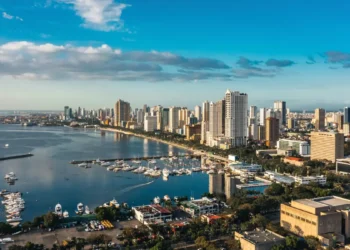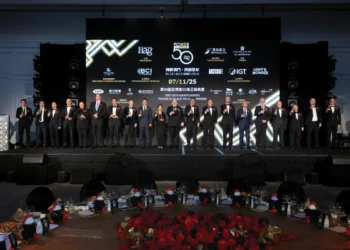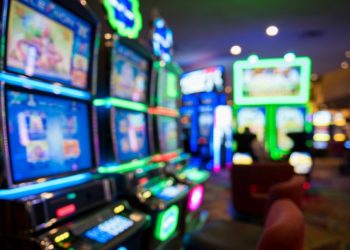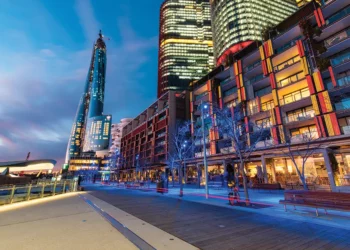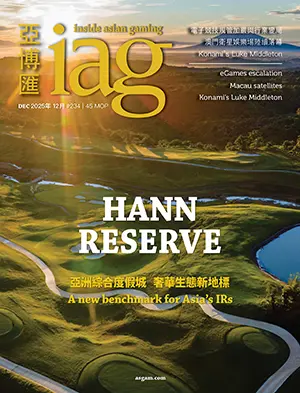The headline news from December’s gaming figures in Macau was that MGM Macau managed to haul itself away from the bottom spot in the VIP baccarat turnover league table and push Sands China into sixth place instead. MGM Macau’s high roller baccarat turnover hit HK$43.99 billion in December—not as high as October’s figures, but enough to ace Sands China, which recorded HK$43.16 billion VIP table turnover.
MGM’s showing indicates the big marketing push in the VIP table segment made by the operator during the autumn. The news is certainly timely given the expectation that MGM Macau will launch a local unit on the Hong Kong stock market this year, although the cash may be more likely to find its way onto the parent company’s balance sheet in Las Vegas than to end up being spent on infrastructure in Macau. There is currently some uncertainty in the market over the Macau government’s preferred timetable for new gaming resorts on Cotai, following its decision not to grant development rights to Sands China for ‘Çotai 7 and 8’, as one of the yet to be developed sights is designated.
Nonetheless, MGM Macau’s management must be highly pleased that a US$20 million investment to refurbish some rooms for VIP use (in a US$1.25 billion property not yet paid for and only three years old) has apparently paid off. Whether the closure since the New Year of the Lions’ Bar drinks and entertainment area in the middle of the main floor at MGM will help to boost mass market revenue in the months to come remains to be seen. There were certainly anecdotal reports that senior management felt the noise from live bands playing in the Lions’ Bar was a factor in depressing the performance of tables nearby, particularly when the bar was at its busiest during weekends.
Despite MGM’s headline grabbing move up the turnover league table, Sands China did, however, manage to maintain a better win rate on its high roller baccarat business (4.12%) than did MGM (3.97%), thus in effect narrowing the influence on the balance sheet of the HK$220 million lead in VIP turnover MGM had over Sands that month.
Macau table gaming revenue by operator in December 2010 (excludes slots revenue)
| VIP Baccarat Turnover (HK$ bn) | VIP Baccarat Win Rate (%) | VIP Baccarat Revenue (HK$ bn) | Main Gaming Floor Revenue (HK$ bn) | Total Revenue (HK$ bn) | Share of Revenue From VIP Baccarat (%) | |
| SJM | 137.08 | 2.78 | 3.80 | 1.57 | 5.38 | 70 |
| Wynn Macau | 56.64 | 4.42 | 2.50 | 0.46 | 2.96 | 84 |
| Sands China | 43.77 | 4.12 | 1.80 | 1.06 | 2.86 | 63 |
| Melco-Crown | 63.11 | 3.27 | 2.07 | 0.39 | 2.47 | 83 |
| MGM Macau | 43.99 | 3.97 | 1.74 | 0.29 | 2.04 | 85 |
| Galaxy | 58.11 | 2.76 | 1.60 | 0.19 | 1.80 | 88 |
| Industry Total/Avg | 402.7 | 3.55 | 13.51 | 3.96 | 17.51 | 78 |
Although Sands China remains in third place in terms of overall revenue (having been overtaken by Wynn Macau last month), its main floor revenue remains far ahead of all the other operators except SJM. That’s important given that most of Sands China’s Macau real estate is set aside for mass market gaming, and the gross margin on the Macau mass market is estimated by some analysts to be as high as 35%, versus 7% or as little as 3% in the VIP business.
Galaxy continues to punch above its weight in the VIP market given the relatively small footprint of StarWorld Hotel & Casino in the market prior to the opening of Galaxy Macau on Cotai before the end of the first half this year. Galaxy’s VIP turnover increased 11% month on month compared to the market average of 8%. But Galaxy also continued its relatively unlucky streak with a VIP baccarat win rate of only 2.76%. It was better than Galaxy’s October win rate, which dipped to a low of 2.48%, but down on
November when the operator managed 2.82%. In the final quarter of 2010, both Galaxy and SJM reported VIP baccarat win rates consistently below 3%, whereas the US-owned operators consistently reported win rates above 3% (the exception was October when Wynn dipped to 2.61%). Whether these differing win rates are simply mathematics playing out, or due to cultural or organisational differences in method of win rate measurement, is probably worth a separate article.
As our sister publication Inside Asian Gaming pointed out in its December edition, City of Dreams’ (CoD) new theatre spectacular ‘House of Dancing Water’, which was launched in September, does not appear to have made Melco Crown’s flagship resort a ‘must see’ mass market attraction in the way Venetian Macao clearly is. Main gaming floor revenue at CoD in November was HK$302.8 million, versus HK$550.1million at Venetian Macao right across the street on the Cotai Strip. Still, during December, when Macau-wide mass revenue went up by a shade over 7% month on month, CoD actually outperformed the market putting on 11%
While we are on the topic of seasonality, Dow Jones Newswires reported this week that the date of Chinese New Year this year could have a positive effect on February gaming revenue. The Lunar New Year holiday falls just before the first weekend in February, compared to last year’s which fell during the week, explained Citigroup analyst Anil Daswani. “We expect February GGR to benefit from the increased weekend traffic, possibly challenging the monthly GGR record set in December 2010 of MOP18.9 billion,” he said. That would imply 41% on-year growth that month. Macau GGR for tables only through the first 11 days of January are about MOP7.8 billion, or up 58% on-year, with SJM garnering 32% of the market share, Wynn Macau 17%, Sands China 16%, Galaxy 13%, Melco Crown 12%, and MGM 10%






